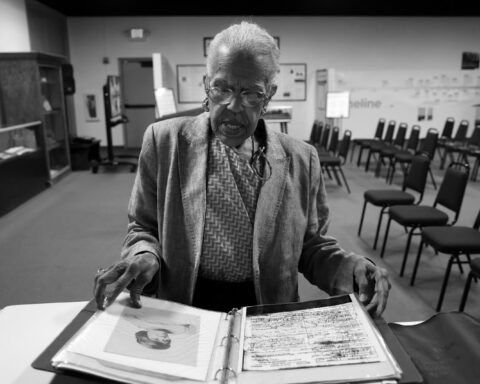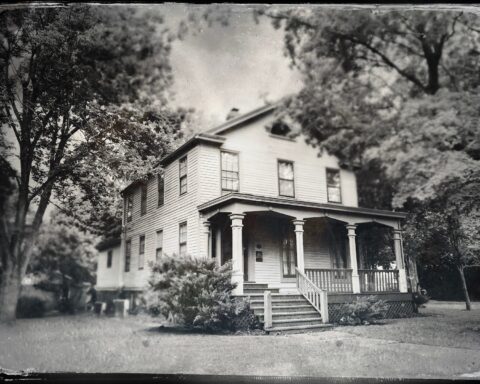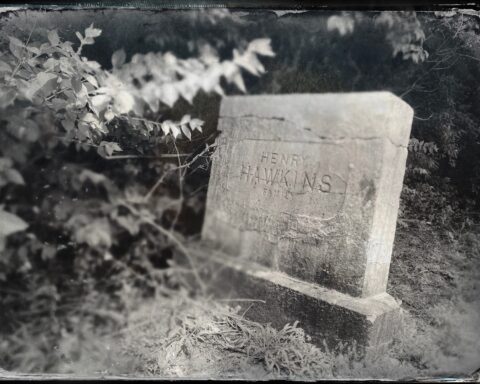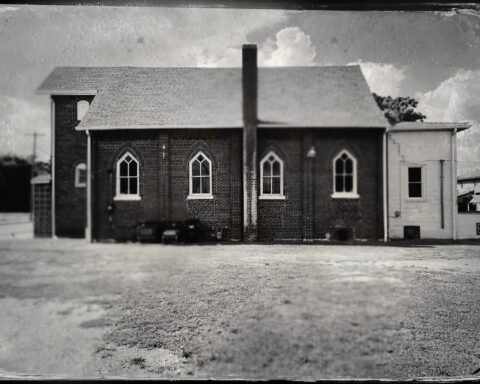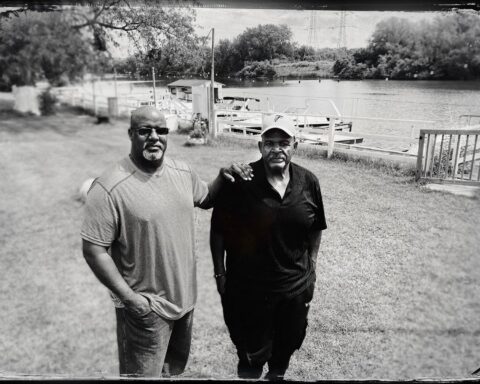Illinois’ Underground Railroad
As another school year gets into full swing and summer comes to an end, we also celebrate International Underground Railroad Month.
September shines light on the National Park Service’s National Underground Railroad Network to Freedom, created in 1998 to show the history of resistance to enslavement. The Network to Freedom features a verified, ongoing list of Underground Railroad sites, facilities and programs in the United States.
The scope of enslavement and the aftermath has been documented by Nikole Hannah-Jones‘ 1619 Project and Reuters’ “Slavery’s Descendants” series, among others. We wanted to spotlight Underground Railroad sites in Illinois, explore the histories surrounding them and provide travel details, while centering the stories of freedom seekers, formerly enslaved African Americans who escaped bondage in search of freedom in the United States and abroad.
Black history is American history. What started in 1619 — when the first Africans were brought to America for enslavement — or earlier is neither new or forgotten. In the foreword of “Unsung: Unheralded Narratives of American Slavery & Abolition,” Kevin Young writes, “Slavery wasn’t all that long ago. Its lingering effects can be felt in everything from extrajudicial violence to police patrols, from unfounded attitudes about Black people to opportunities denied some 400 years after our ancestors’ arrival on these shores.”
This project aims to reframe the narrative, to amplify the names and efforts of those who lived it and steer away from the lens of white abolitionists. By centering freedom seekers, we see their agency. To reach that goal, we toured the locations, spoke to members of historical societies, docents of landmarked areas, academics, historians and descendants of the enslaved.
Freedom seekers did not gain freedom because of the Underground Railroad; but through their actions, the idea of the Underground Railroad network came to be. In “Free Black Communities and the Underground Railroad: The Geography of Resistance,” author Cheryl Janifer LaRoche writes, “The Underground Railroad was a movement — once defined as an outgrowth of self-liberators’ and abolitionists’ efforts that was later defined as a mode of operation rather than as a structured organization.”
Given that a site in Downers Grove was added to the Network to Freedom roster in April, that New Philadelphia is in the planning process to transition from a historic site to a national park, and that September festivals honoring the heritage of freedom are set for Otterville and Princeton, what better time to dive into freedom seekers’ stories?
This endeavor will be an ongoing one. The National Park Service Network to Freedom lists 25 Illinois sites (we visited 18), and according to historian Larry McClellan, even more communities can be identified as places with freedom seeker movement in northeastern Illinois. Despite all the documentation and source material we gathered for this project, exploration and research on freedom seekers and the Underground Railroad in Illinois continues.
